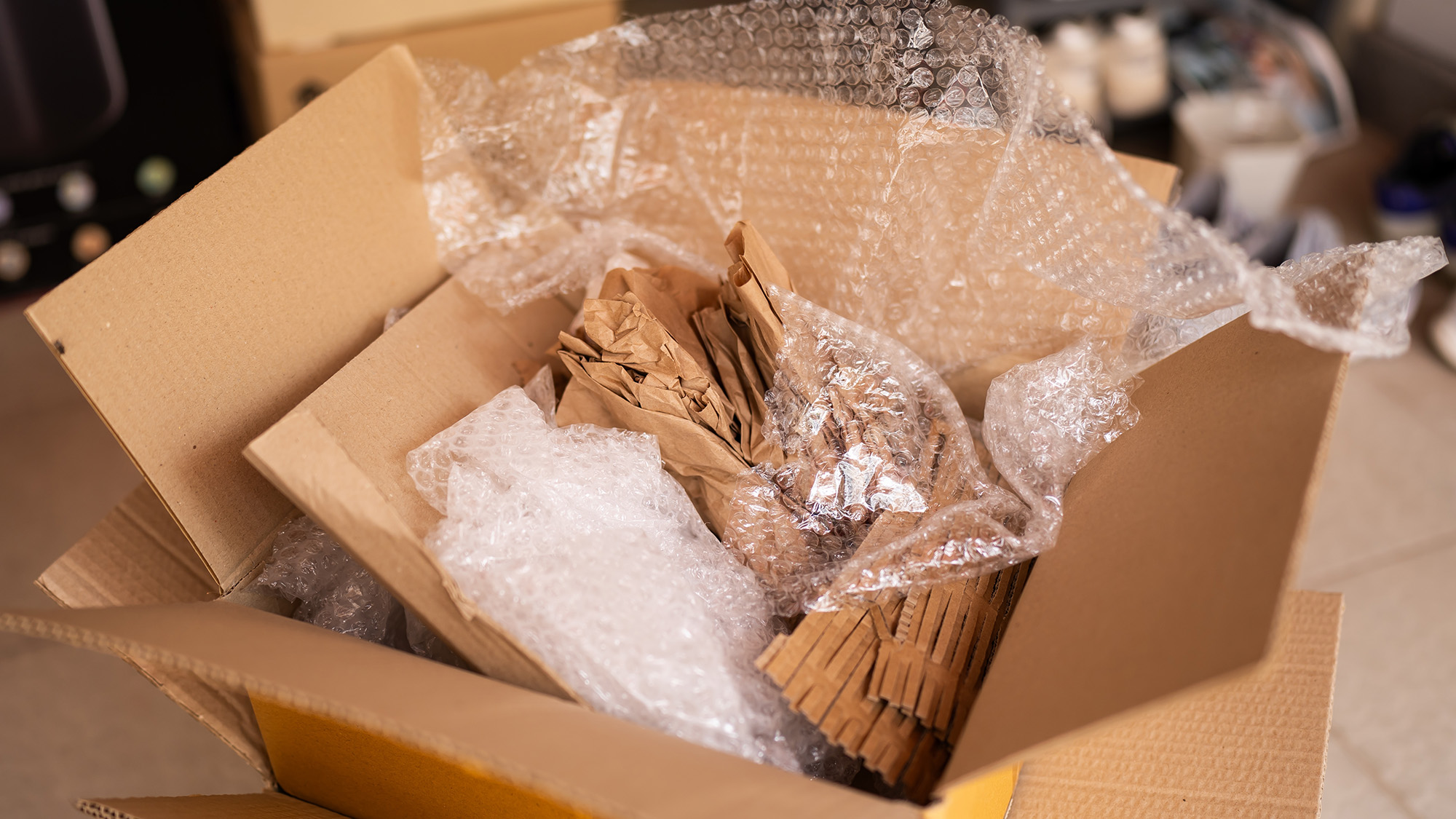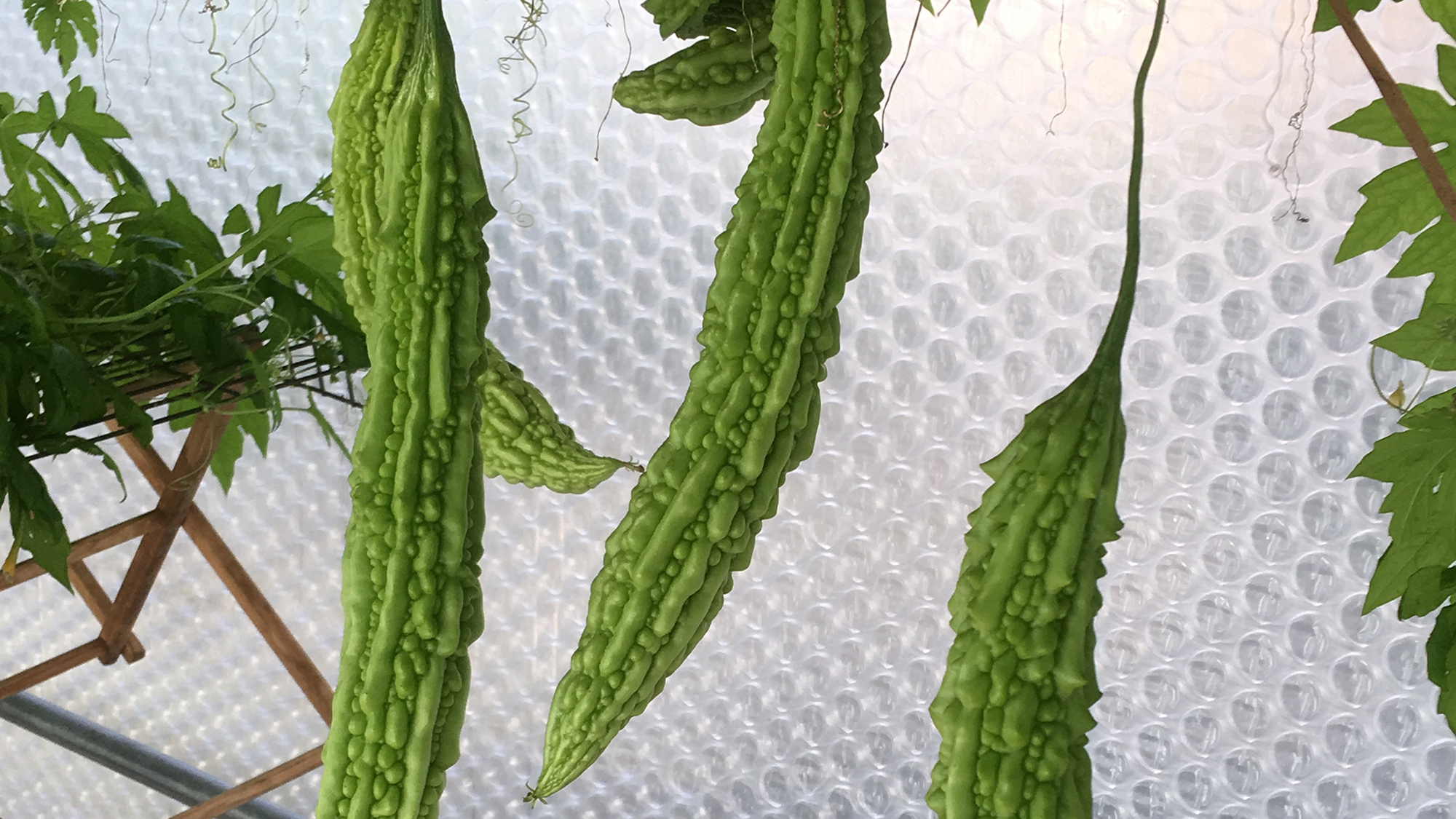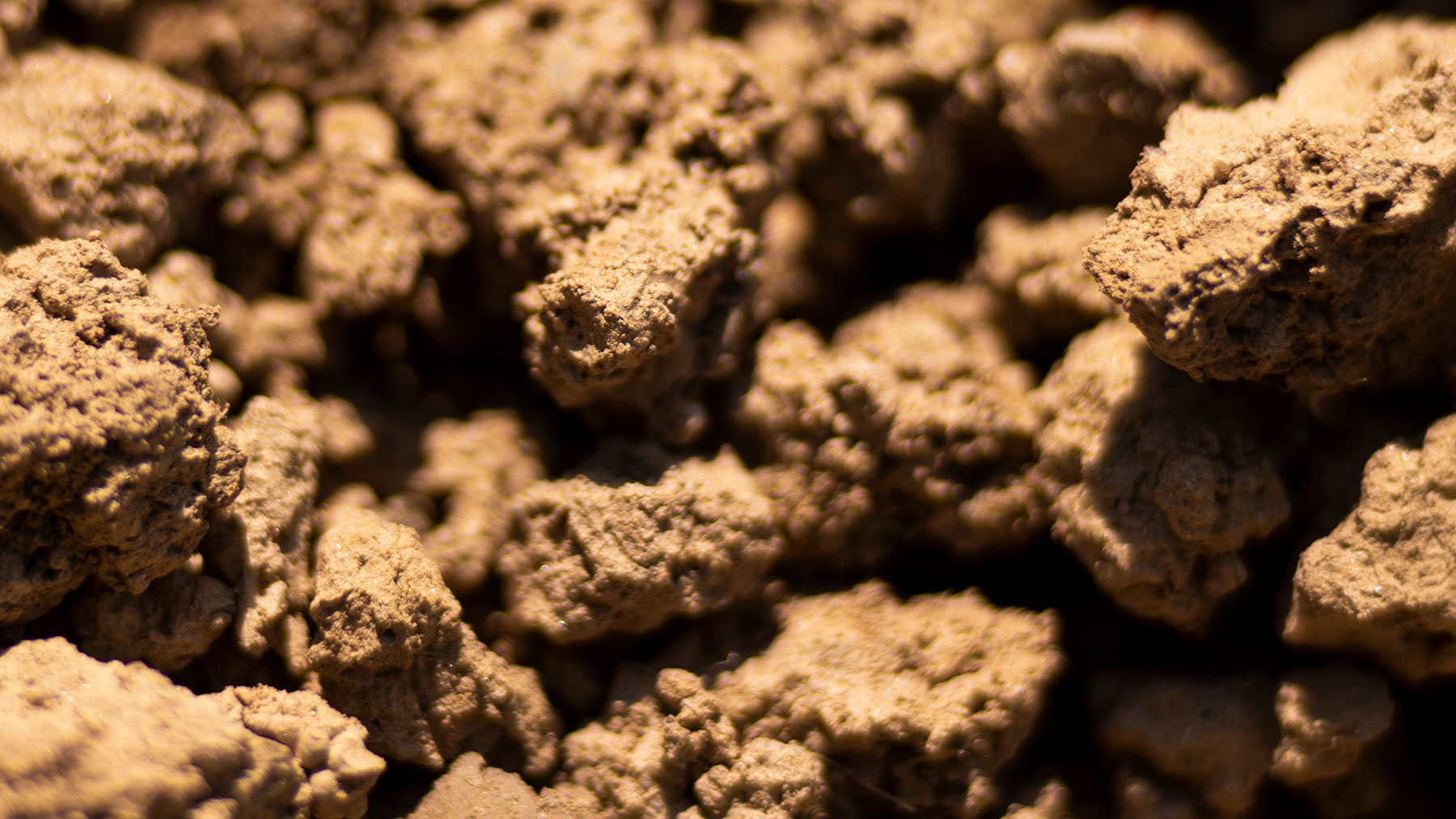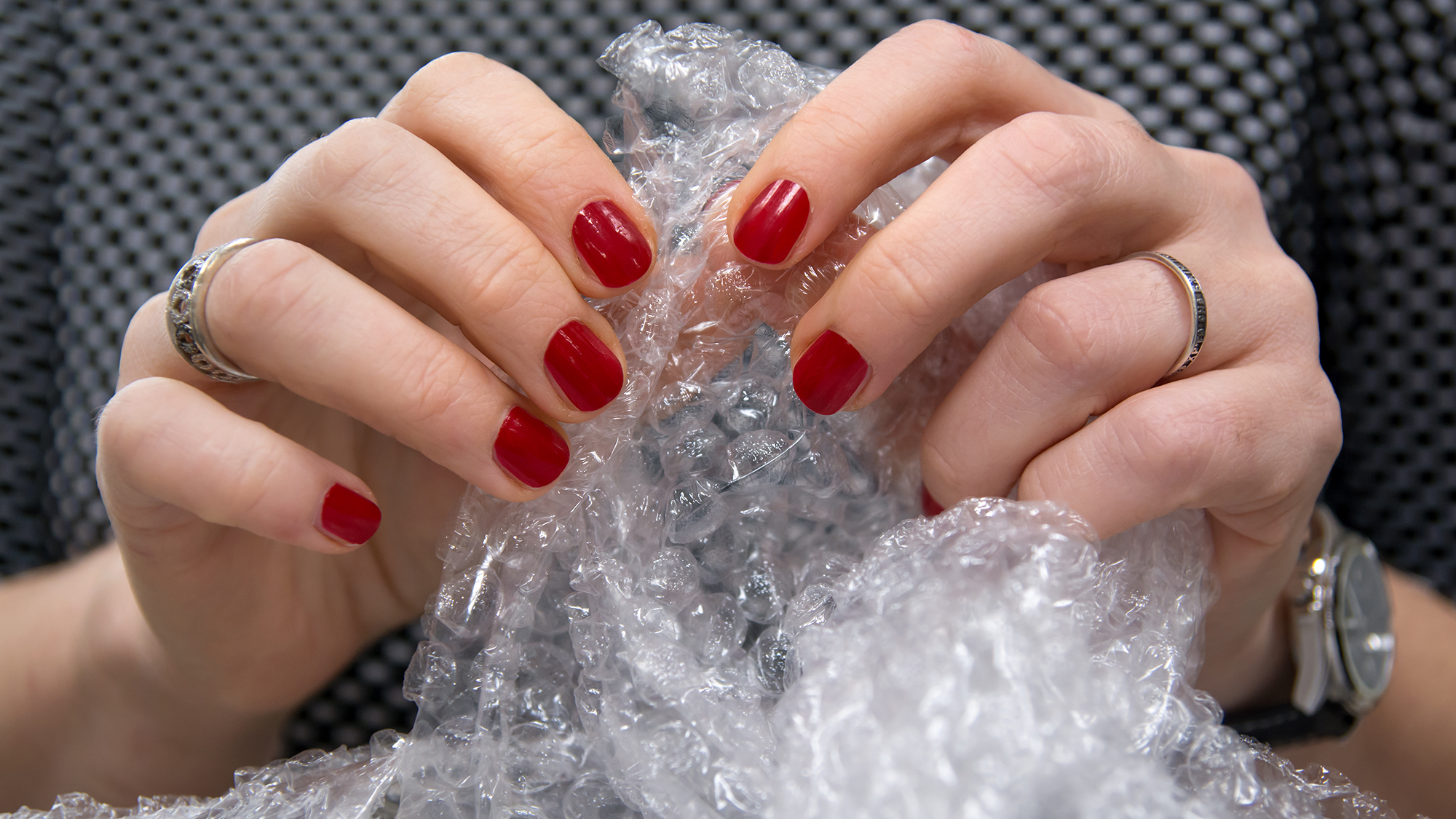Experts are saying to use bubble wrap in your yard this summer — here's how

There’s something tactile about bubble wrap that no other packaging material offers. But however much you might want to go pop, pop, pop, gardeners are being urged to refrain.
Why’s this? Instead of having fun popping all those bubbles, this enticing packaging material can be reused in your yard.
Bubble wrap: Why is it good for your gardens?

Bubble wrap is an excellent insulator, and although we might not be looking to protect our plants from the cold in the warmer months, it can also be used in other ways.
How does bubble wrap hold heat?
Filled with small air pockets, bubble wrap can hold onto heat. When wrapped around plants, it acts as an insulating layer, much like a blanket.
It can be particularly useful in colder climates, where plants need protection during the winter months. And gardeners often grab the packaging material to protect their greenhouse plants.
It’s transparent
Apart from being inexpensive, bubble wrap is also transparent, allowing light to pass through. This means that when wrapped around plants to keep them snug, those plants will still benefit from the light seeping through. Plants sensitive to direct sunlight will stay protected without becoming damaged.
It’s cheap
What’s more, bubble wrap is relatively cheap to purchase and can also be recycled. So, when you receive a delivery that’s protected in bubble wrap, resist the urge to pop the bubbles and then discard the packaging. Instead, save it to protect your plants.
Get instant access to breaking news, the hottest reviews, great deals and helpful tips.
Apart from wrapping items to protect them, this bubble wrap can also be used in your yard. It can act as an insulator, moisture retainer and to combat soil-borne bugs, protecting your plants.
How to use bubble wrap in your yard
Rather than disposing of bubble wrap, you can reuse it in your garden or buy it directly to use from scratch.
1. Wrap up your greenhouse

If you have a greenhouse, you can cut up bubble wrap and attach it to the walls for insulation. Plus, because it’s a lightweight material, you don’t need sturdy clips to ensure it stays put. Simple clips will do, such as these greenhouse fixing twist clips available for $11 at Amazon. Then, once you no longer need the extra insulation, you can take it down and store it until next time.
2. Winter wraps

Although we are currently enjoying warm-season weather, hold onto your bubble wrap for winter or when your local forecast predicts a night time frost. It can be wrapped around plants to insulate them against the cold, reducing the risk of frost damage.
Container plants, fragile perennials, and specimen trees, such as tropical varieties, can all be wrapped in bubble wrap to keep them snug. Because, unless they are grown in containers and you have a large conservatory for them to be overwintered indoors, they will have to face temperature extremes.
The bubble wrap will act like a mini, makeshift greenhouse to keep your plants protected during temperature drops and protect them from harm.
3. Stop the bugs without chemicals

Bubble wrap can also prevent bugs from attacking your plants. The technique, known as soil solarization, relies on the sun’s heat to sterilize the soil and manage unwanted soil-borne pests and diseases. The University of California Agriculture and Natural Resources states that this method can control soil-borne fungi, bacteria, nematodes, and certain weeds.
How does it work? The University of California says, “The method involves heating the soil by covering it with clear plastic for four to six weeks during a hot period of the year and when the soil will receive the most direct sunlight. Plastic tarps allow the sun’s radiant energy to be trapped in soil, heating the top 12 to 18 inches to temperatures lethal to a wide range of soil-borne pests."
It also says you can expect the top layers of soil to heat up to as high as 140°F, depending on the geographic location.
For extra success, the moisture level of your soil will make a difference, “Wet soil conducts heat better than dry soil," says the University of California, "Moisture also makes soil pests, weakened by the heat, more vulnerable to attack by beneficial soil microorganisms during and after treatment.”
4. Protect tomato plants
Another common use of bubble wrap is to protect tender tomato plants. You can effectively create your own greenhouse using a plant support wrapped in plastic wrap. Here, Alison Reynolds, at Ali’s Organic Garden Supplies, shares how she protects her tomatoes from wind and frost with bubble wrap.
5. Stop your plants from drying out
Bubble wrap can help prevent your plants from drying out and is particularly useful if your plants are prone to moisture loss due to wind and sun.
The bubble wrap acts as a barrier to reduce water evaporation and keep moisture in, and it's worth trying out during dry spells, which are mixed with high winds.
Why do we have the urge to pop bubble wrap?

I’m so intrigued by the natural instinct to pop bubble wrap that I decided to look it up. And there was no better place to start than with The Packaging Company, which even has a dedicated blog on the topic. It confirms my thoughts, stating, “There is an irresistible joy of popping bubble wrap, and it is universally delightful.
"But, why, oh why, do we get so much joy out of this activity? Apparently, it is all about sensory experience, and we find the 'popping' sound satisfying. Popping bubble wrap can also help to reduce muscle tension and reduce stress, calming our nerves.”
Now, I’m thinking I should swap to this activity in favor of my regular yoga class.
More from Tom's Guide
- Gardening expert reveals the best time of day to water your tomato plant — you could be making this big mistake
- It's not just for baking — here's 3 ways a sprinkle of cinnamon can transform your yard
- Ladybugs are a 'gardener’s best friend' — but horticulturalists say this common mistake could be driving them away

Camilla is the Homes Staff Writer and covers everything to do with homes and gardens. She has a wealth of editorial experience, mounting over 30 years, and covers news and features, tests products for reviews and compiles buying guides.
Her work has appeared in business and consumer titles, including Ideal Home, Real Homes, House Beautiful, Homebuilding & Renovation, and Kitchen & Bathroom Business. She’s even appeared on the cover of Your Home, writing about her own house renovation.
Although she’s obsessed with decorating her home, she also enjoys baking and trying out the latest kitchen appliances. But when she’s not inside, you’ll find her pottering about in her yard, tending to her vegetable patch or taking in her prized hydrangeas.
You must confirm your public display name before commenting
Please logout and then login again, you will then be prompted to enter your display name.


